A BRASS ALLOY AND IRON PURBHATIBET, CIRCA 13TH CENTURY Himalayan Art Resources item no. 4713 31.4 cm (12 3/8 in.) longFootnotes西藏 約十三世紀 銅質鐵刃普巴杵 The three-pronged ritual dagger, or phurba carries origins from Vedic India of ritual animal sacrifices and associations to the creation myth of the god Indra. The spread of tantric Buddhism in Tibet during the 8th century carried along with it both in legend and ritual practices, the use of this implement to subdue evil spirits and negative forces, as Padmasambhava is said to have done in requesting teachings on Vajrakila. Used for spirit subduing rituals often associated with Vajrakila, the dagger with its three faces and triple-sided blade is meant to represent deity, whose lower body mimics that of the implement itself. Phurbas such as these were fashioned for ritual rites and were often heavily ornamented to signify the ceremonial significance of these practices. The triple blade as seen here issues from the mouth of a makara who bears an effigy of a warrior deity, a rare detail, and one associated with the skillful means necessary for these earth subjugating rituals. Above the makara mouth is a woven knot depicting four faces which supports a vajra and is surmounted by a four-sided depiction of deities in warrior posture. Crowning the phurba is the three-faced deity who holds in the crown above an effigy of a seated deity, in a finale meant to infer the spiritual achievement and liberation from negative forces. Features of the main faces are consistent with the works around the 13th century. Three main faces at the top are meticulously rendered with vivid muscles. The high and plump chignon, the large eyes, heavy eyelids, arched eyebrows, wide and creased noses, and the snarling mouth are commonly seen on deities of this period, such as a standing deity from Rubin Museum of Art (C2002.46.1, HAR 65175) and a Vajrapani figure from Zimmerman collection (von Schroeder, Buddhist Sculptures in Tibet, Vol. II, 2001, p. 422, no. 109B). Due to prolonged ritual handling, the surface now displays a warm copper patina. Compare this with two other phurbas sold at Bonhams, New York, 19 March 2019, lots 911 & 912. Published: T. Marcotty, "Phurpa - Magic dagger ritual from Tibet Fabri Verlag", 1997, pp. 3 & 62. Amy Heller and Thomas Marcotty, "Phur-ba—Tibetan Ritual Daggers", Arts of Asia, July - August 1987, pp. 69-77. T. Marcotty, "Dagger blessing, treasure texts of the Tibetan phurba cult", Lugano, 1986, pp. 6 & 62.
A BRASS ALLOY AND IRON PURBHATIBET, CIRCA 13TH CENTURY Himalayan Art Resources item no. 4713 31.4 cm (12 3/8 in.) longFootnotes西藏 約十三世紀 銅質鐵刃普巴杵 The three-pronged ritual dagger, or phurba carries origins from Vedic India of ritual animal sacrifices and associations to the creation myth of the god Indra. The spread of tantric Buddhism in Tibet during the 8th century carried along with it both in legend and ritual practices, the use of this implement to subdue evil spirits and negative forces, as Padmasambhava is said to have done in requesting teachings on Vajrakila. Used for spirit subduing rituals often associated with Vajrakila, the dagger with its three faces and triple-sided blade is meant to represent deity, whose lower body mimics that of the implement itself. Phurbas such as these were fashioned for ritual rites and were often heavily ornamented to signify the ceremonial significance of these practices. The triple blade as seen here issues from the mouth of a makara who bears an effigy of a warrior deity, a rare detail, and one associated with the skillful means necessary for these earth subjugating rituals. Above the makara mouth is a woven knot depicting four faces which supports a vajra and is surmounted by a four-sided depiction of deities in warrior posture. Crowning the phurba is the three-faced deity who holds in the crown above an effigy of a seated deity, in a finale meant to infer the spiritual achievement and liberation from negative forces. Features of the main faces are consistent with the works around the 13th century. Three main faces at the top are meticulously rendered with vivid muscles. The high and plump chignon, the large eyes, heavy eyelids, arched eyebrows, wide and creased noses, and the snarling mouth are commonly seen on deities of this period, such as a standing deity from Rubin Museum of Art (C2002.46.1, HAR 65175) and a Vajrapani figure from Zimmerman collection (von Schroeder, Buddhist Sculptures in Tibet, Vol. II, 2001, p. 422, no. 109B). Due to prolonged ritual handling, the surface now displays a warm copper patina. Compare this with two other phurbas sold at Bonhams, New York, 19 March 2019, lots 911 & 912. Published: T. Marcotty, "Phurpa - Magic dagger ritual from Tibet Fabri Verlag", 1997, pp. 3 & 62. Amy Heller and Thomas Marcotty, "Phur-ba—Tibetan Ritual Daggers", Arts of Asia, July - August 1987, pp. 69-77. T. Marcotty, "Dagger blessing, treasure texts of the Tibetan phurba cult", Lugano, 1986, pp. 6 & 62.

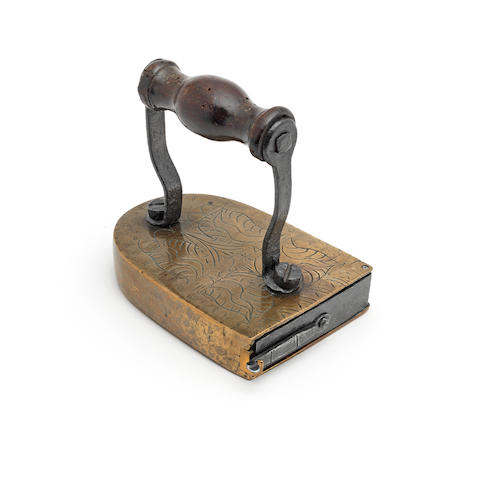
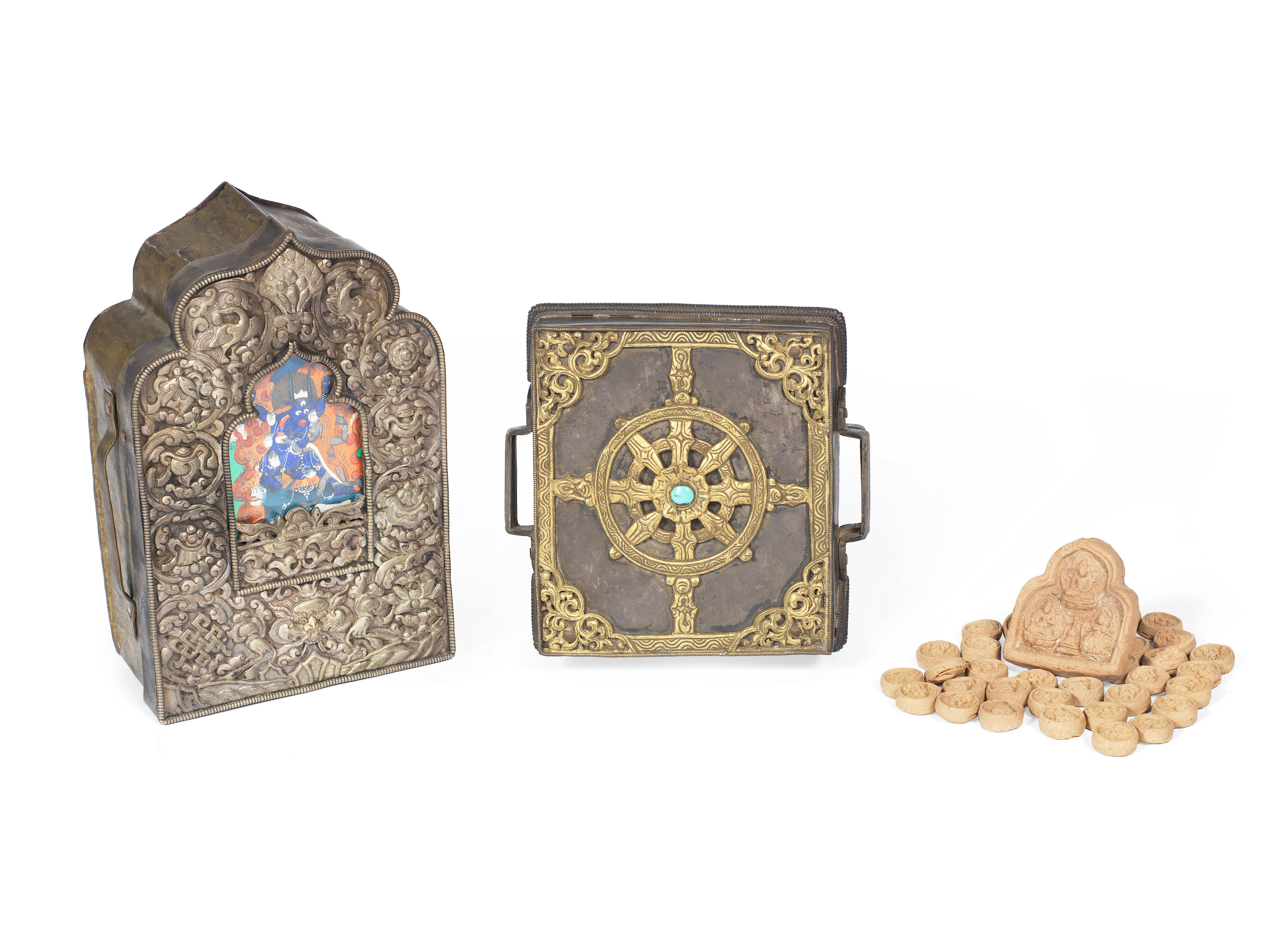





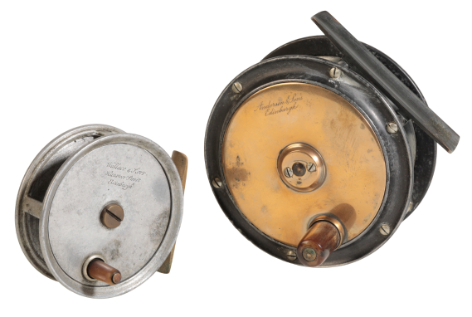
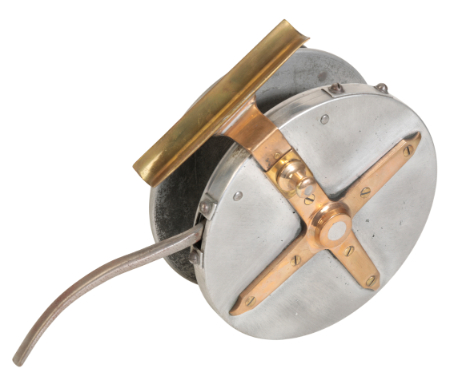


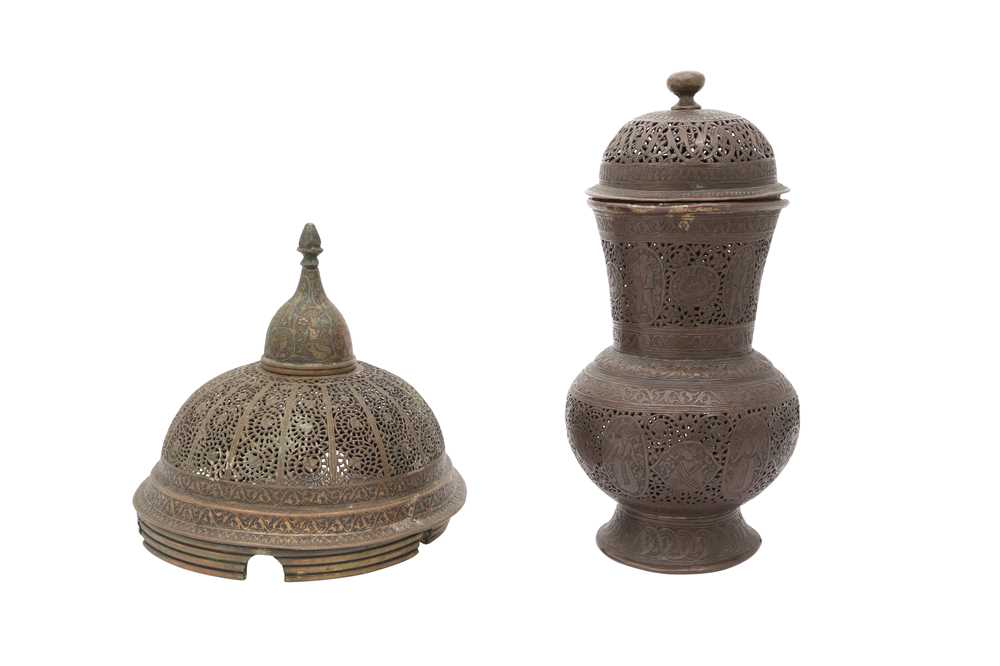

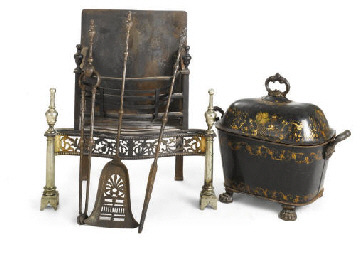
Try LotSearch and its premium features for 7 days - without any costs!
Be notified automatically about new items in upcoming auctions.
Create an alert